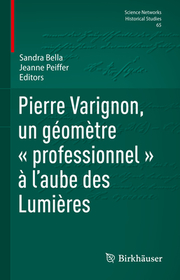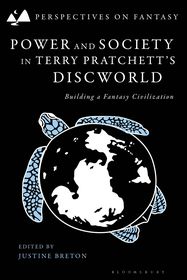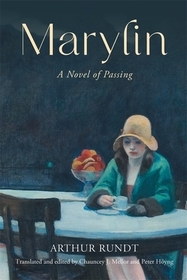
Astronomical Observatories and Chronometry, 18th-20th Century
Studies in Honour of Paolo Brenni
Sorozatcím: History of Physics;
-
12% KEDVEZMÉNY?
- A kedvezmény csak az 'Értesítés a kedvenc témákról' hírlevelünk címzettjeinek rendeléseire érvényes.
- Kiadói listaár EUR 117.69
-
48 811 Ft (46 487 Ft + 5% áfa)
Az ár azért becsült, mert a rendelés pillanatában nem lehet pontosan tudni, hogy a beérkezéskor milyen lesz a forint árfolyama az adott termék eredeti devizájához képest. Ha a forint romlana, kissé többet, ha javulna, kissé kevesebbet kell majd fizetnie.
- Kedvezmény(ek) 12% (cc. 5 857 Ft off)
- Kedvezményes ár 42 954 Ft (40 909 Ft + 5% áfa)
Iratkozzon fel most és részesüljön kedvezőbb árainkból!
Feliratkozom
48 811 Ft

Beszerezhetőség
Még nem jelent meg, de rendelhető. A megjelenéstől számított néhány héten belül megérkezik.
Why don't you give exact delivery time?
A beszerzés időigényét az eddigi tapasztalatokra alapozva adjuk meg. Azért becsült, mert a terméket külföldről hozzuk be, így a kiadó kiszolgálásának pillanatnyi gyorsaságától is függ. A megadottnál gyorsabb és lassabb szállítás is elképzelhető, de mindent megteszünk, hogy Ön a lehető leghamarabb jusson hozzá a termékhez.
A termék adatai:
- Kiadó Springer Nature Switzerland
- Megjelenés dátuma 2025. december 15.
- Kötetek száma 1 pieces, Book
- ISBN 9783031958731
- Kötéstípus Keménykötés
- Terjedelem287 oldal
- Méret 235x155 mm
- Nyelv angol
- Illusztrációk XVII, 287 p. 57 illus., 32 illus. in color. Illustrations, black & white 700
Kategóriák
Hosszú leírás:
"
This book presents research perspectives and open questions on the intersections between astronomy and chronometry. Their study is of crucial importance to the new historiography of observatories. On the one hand, pendulums were fundamental tools for astronomical observation, as measuring time was essential to record the transit of stars and organize astrographic charts. On the other hand, astronomical observation was the method employed for time determination before the introduction of atomic clocks in the mid-20th century. Chapters of this book cohere around 5 sections: starting from the 18th century, and going through the 19th and 20th, the relations between observatories and chronometry (and more generally between practices and materiality) are analyzed from the standpoint of the quest for precision, the certification of timepieces, the acquisition and use of specific apparatus, as well as the circulation of knowledge and of instruments on a global scale.
" TöbbTartalomjegyzék:
"
Introduction: Observatory Time.- Synchronising Paris in the Eighteenth Century? Henry Sully’s Meridian Line at Saint-Sulpice: Astronomy, Clockmaking, and Timekeeping.- Instructions and Time Measurement at the Paris Observatory (1667-1789).- The Chronometry Collection of the Palermo Astronomical Observatory.- “Hour by Hour, Day and Night”: Splitting Time between the Astronomical and Physical Observatories.- Timekeeping and Time Balls at the Hamburg Observatory.- Determining Time, Eliminating the Personal Equation and Introducing Quartz Clocks: The Neuchâtel Observatory’s Operating Chain in 1954.- The Nineteenth-Century Marine Chronometers of the Royal Astronomical Observatory of the Spanish Navy in San Fernando.- The Certification of Chronometers at the Neuchâtel Cantonal Observatory. Setting up and Renewing Equipment and the Legal Framework for Certification (1858-1912).- Astronomy and Chronometry: Institutions for Testing Chronometers after the Foundation of the German Empire in 1871.- On the Accuracy of Celestial and Terrestrial Clocks: The Merit of Felix Schmeidler’s Half-Century Monitoring of Two Riefler Clocks at Munich Observatory.- “Who Put That Hole In The Telescope?” The Development of the World’s Most Accurate Timepiece.- Observatories, Marine Chronometers, and Terrestrial Applications: From Chronometric Longitude Expeditions to Observational Efficiency.- Astronomy and Chronometry: Experimental Practices to Improve Hydrography during the Early Nineteenth Century.- Colonial Time Machines: Chronometry and the Personal Equation between Europe and South Asia.- Paolo Brenni Scholar, Educator and Artisan.- Beyond the Written Word. Paolo Brenni’s Foundational Contribution to the Conservation of Scientific Instruments.
" Több






